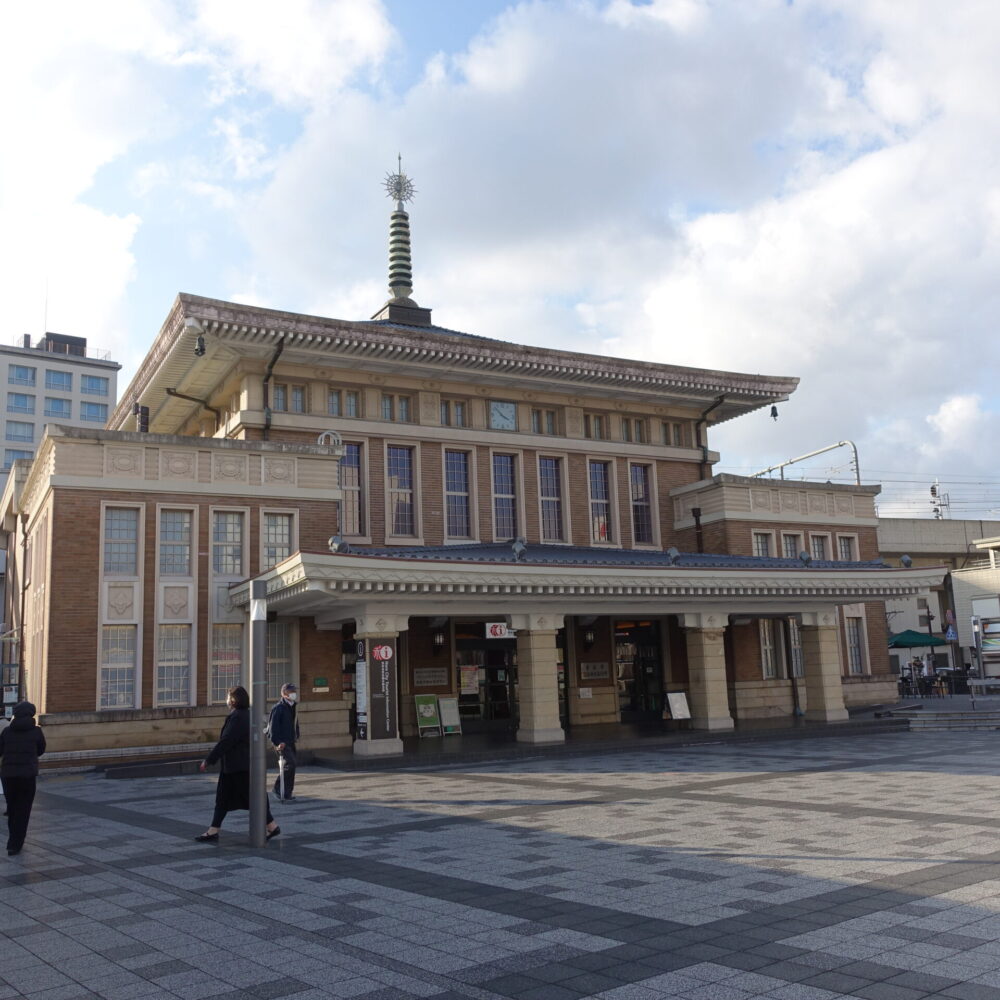Tourist attractions in Nara Prefecture2
On the second day, we cycled around some of Nara Prefecture’s most famous sights, including Kasuga Taisha Shrine, Todaiji Temple, and Kofukuji Temple.
Table of Contents
1: Kasuga Taisha Shrine
2: Todaiji Temple
3: Shosoin
4: Hannya-ji Temple
5: Kofuku-ji Temple
6: Gango-ji Temple
7: Jurin-in Temple
8: Nara Station (2nd generation station building)
1: Kasuga Taisha Shrine
Kasuga Taisha was founded in 768. It is the headquarters of around 1,000 Kasuga shrines throughout Japan. Kasuga Taisha is registered as a World Heritage Site ‘Cultural Asset of Ancient Nara.’
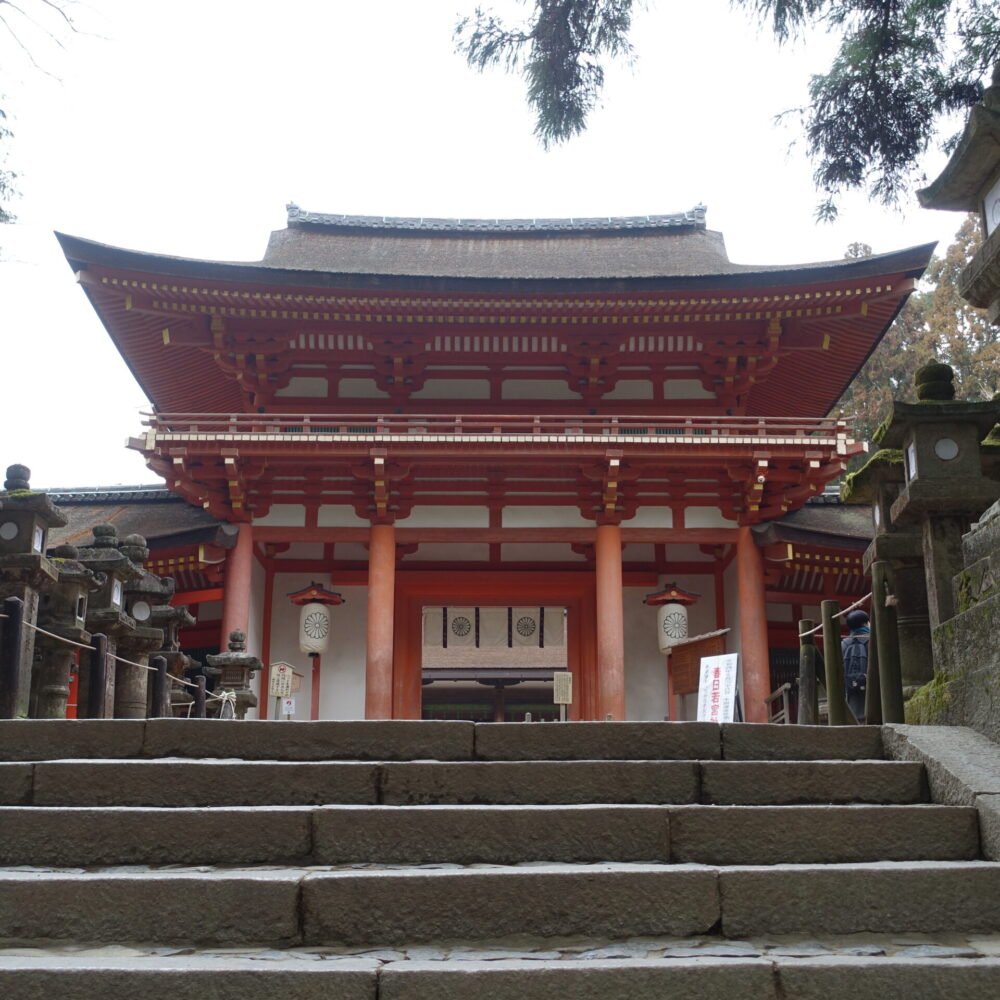

The main deity, Takemikazuchi no Kami, is said to have ridden a white deer to the shrine, and deer are used as his messengers. For this reason, many deer are in the Nara Park area, delighting tourists. However, be aware that some deer can be vicious, poking and biting people with their antlers.
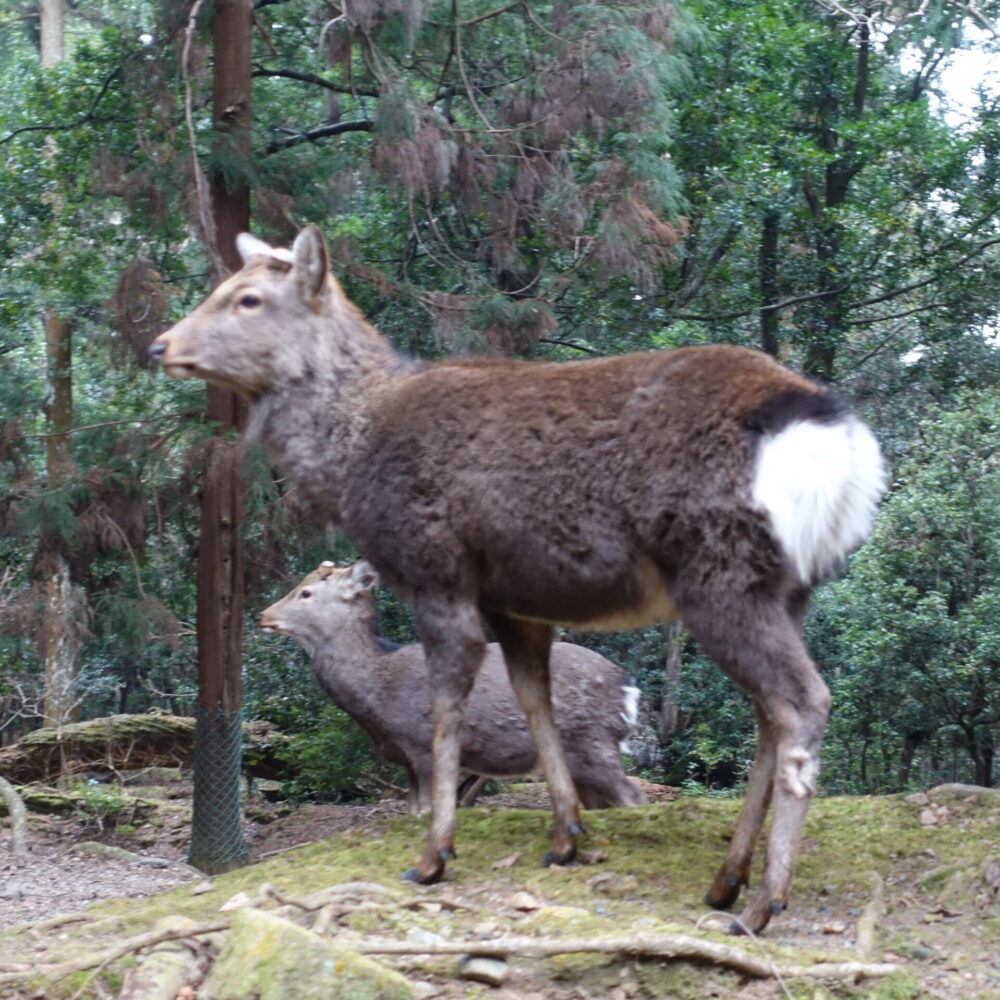
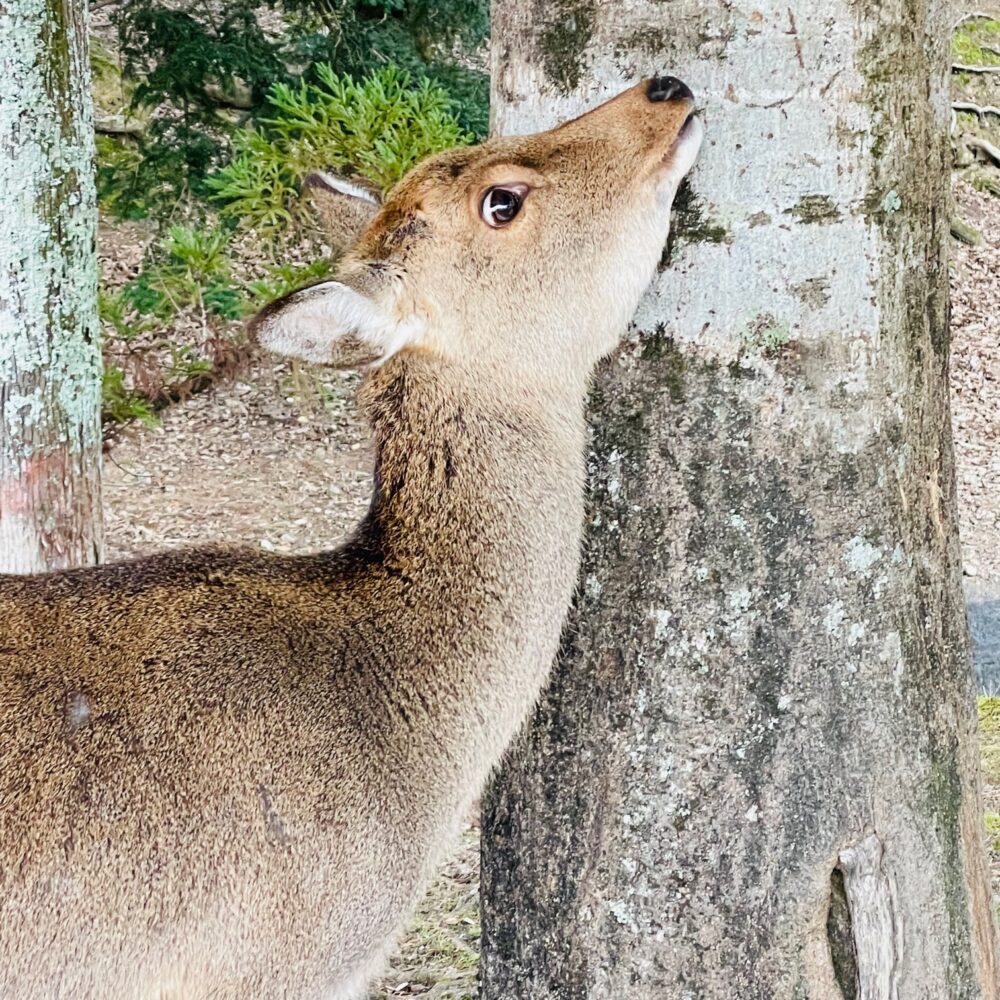
Three times a year (Setsubun, 14 and 15 August), the ‘Kasuga Mandoro’ ceremony is held in Fujinami-no-ya, where all the lanterns are lit. This is a recreation of the former Shinto ritual ‘Kasuga Mantoro,’ where visitors can see the marvelous light of some 3,000 lanterns floating in a pitch-dark space. Fujinami-no-ya is located right next to the main shrine building. Note that visitors to the Fujinami-no-ya must pay a fee to visit the main shrine.
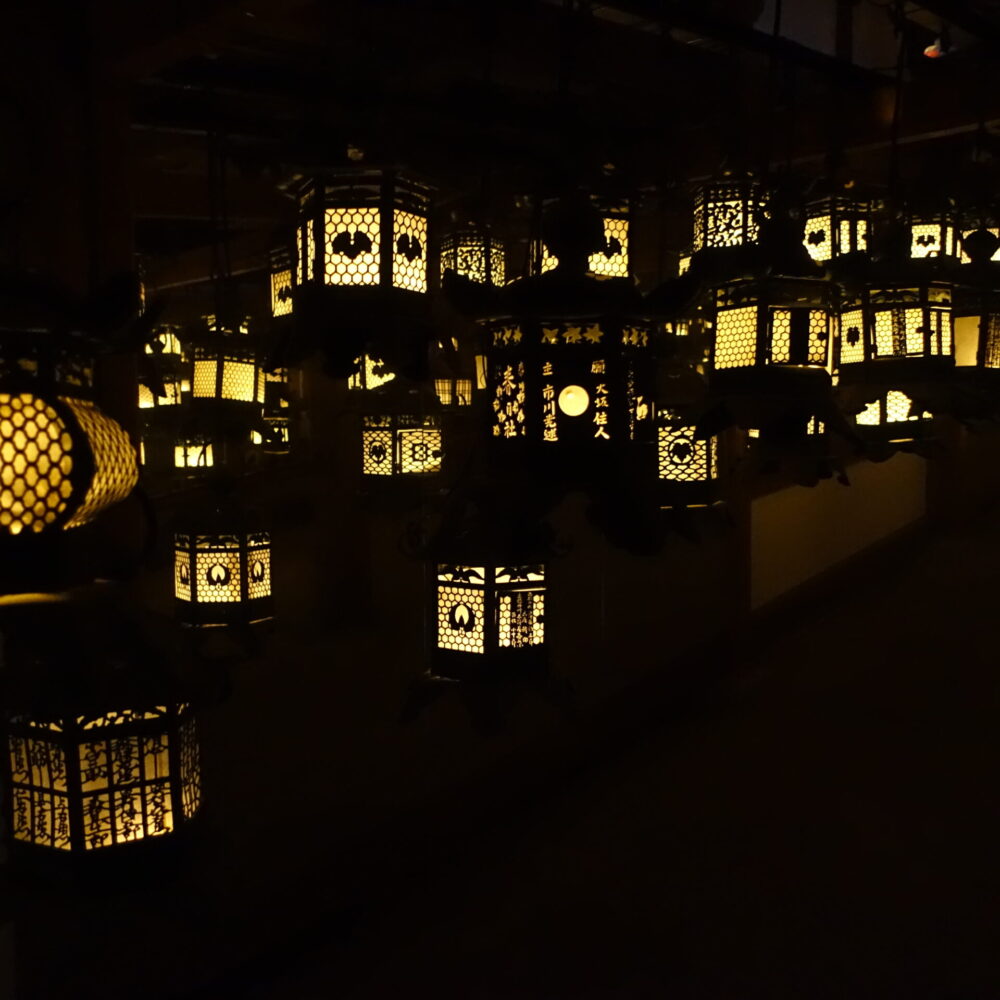
A short walk along the mountain path from the main Kasuga-Taisha shrine building leads to Wakamiya Shrine, Kii Shrine, and several other auxiliary and subordinate shrines. There are few tourists here, so you can enjoy the quiet atmosphere of the Shinto shrine area.
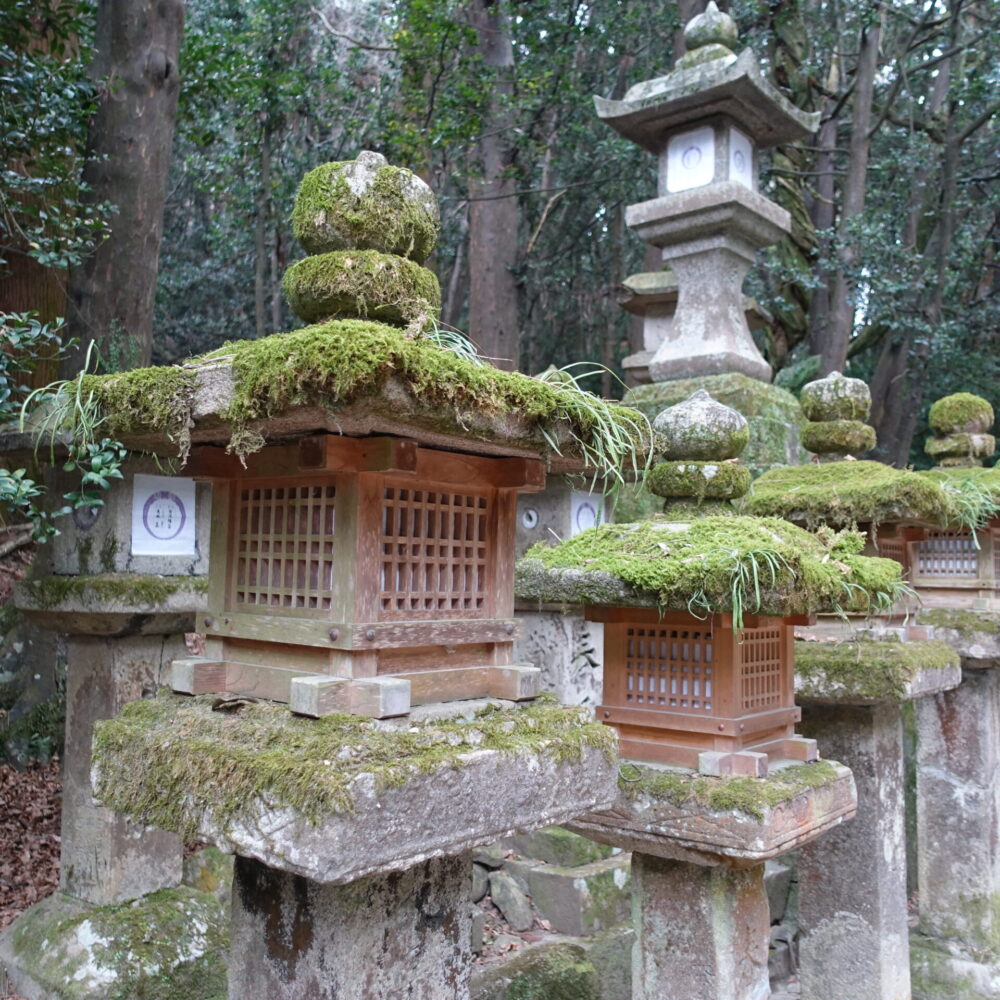
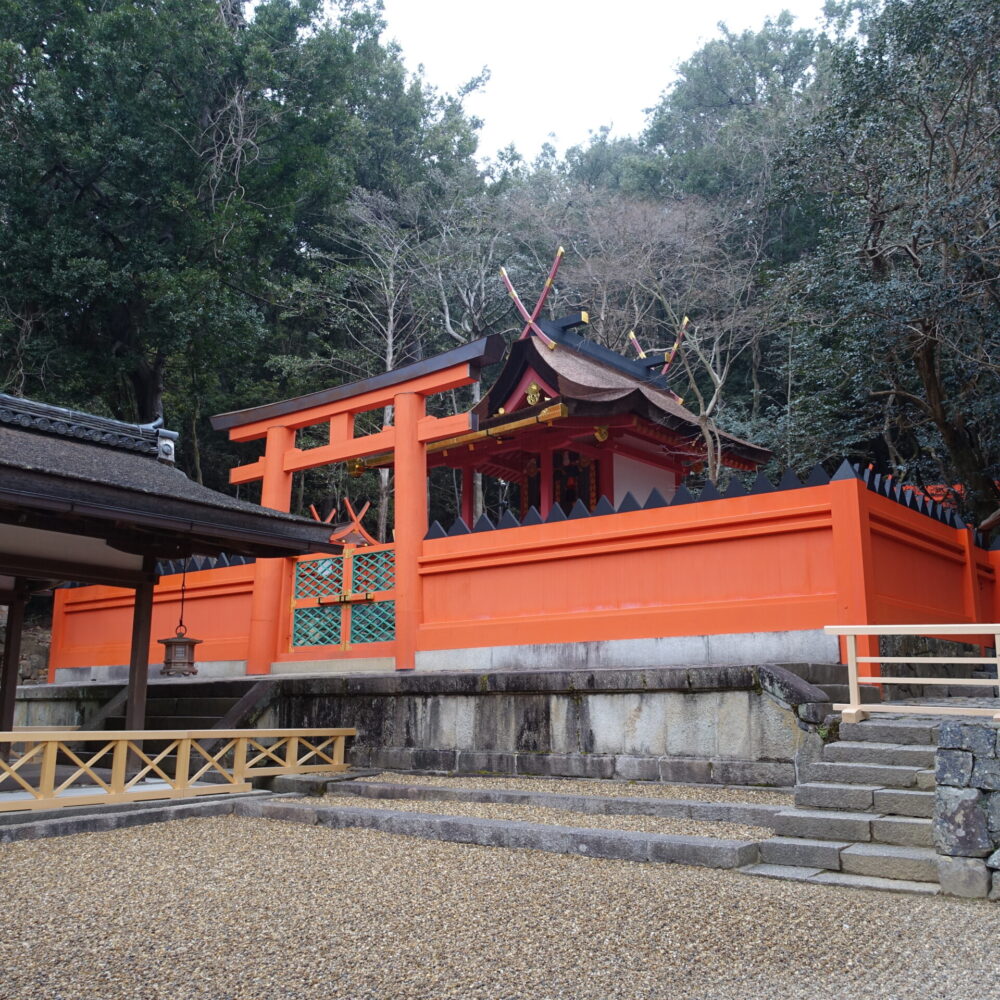
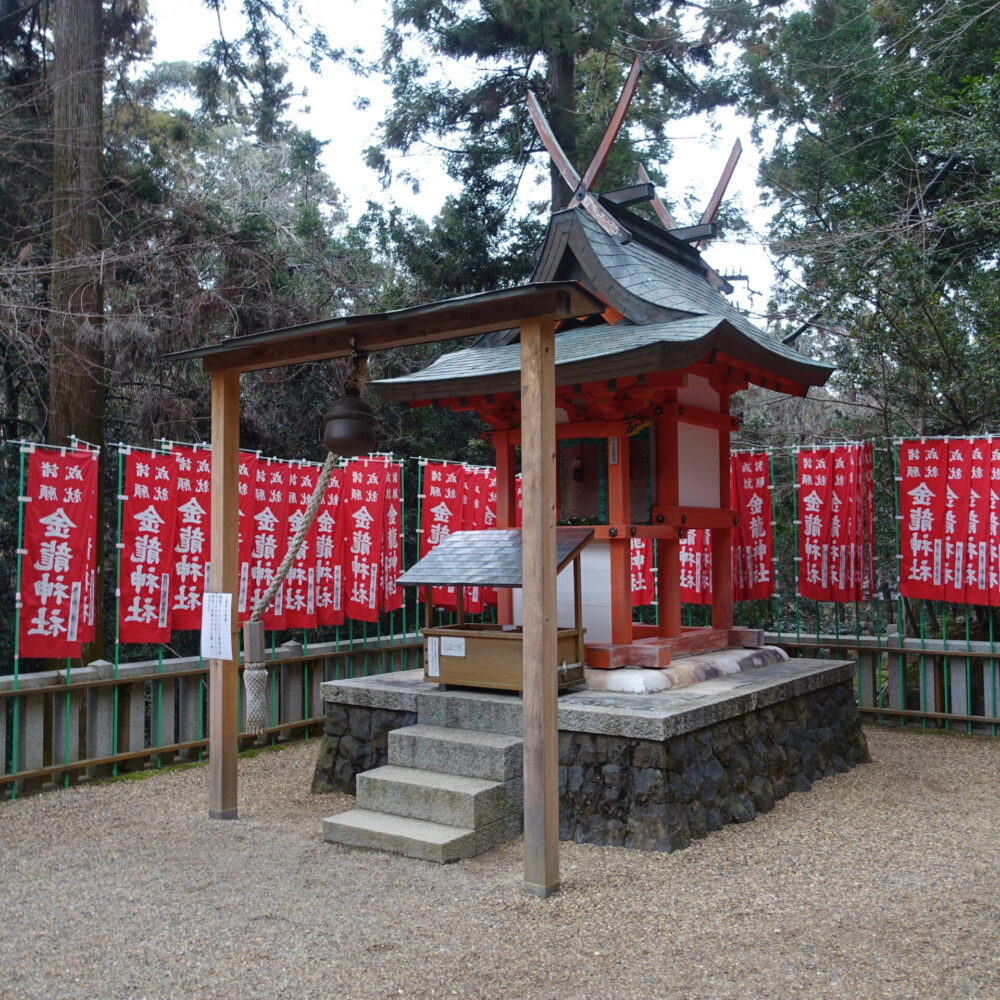
2: Todaiji Temple
It took around 20 minutes on foot to get to Todaiji Temple from the main Kasuga Taisha shrine. There were many deer along the way, and we were never bored.
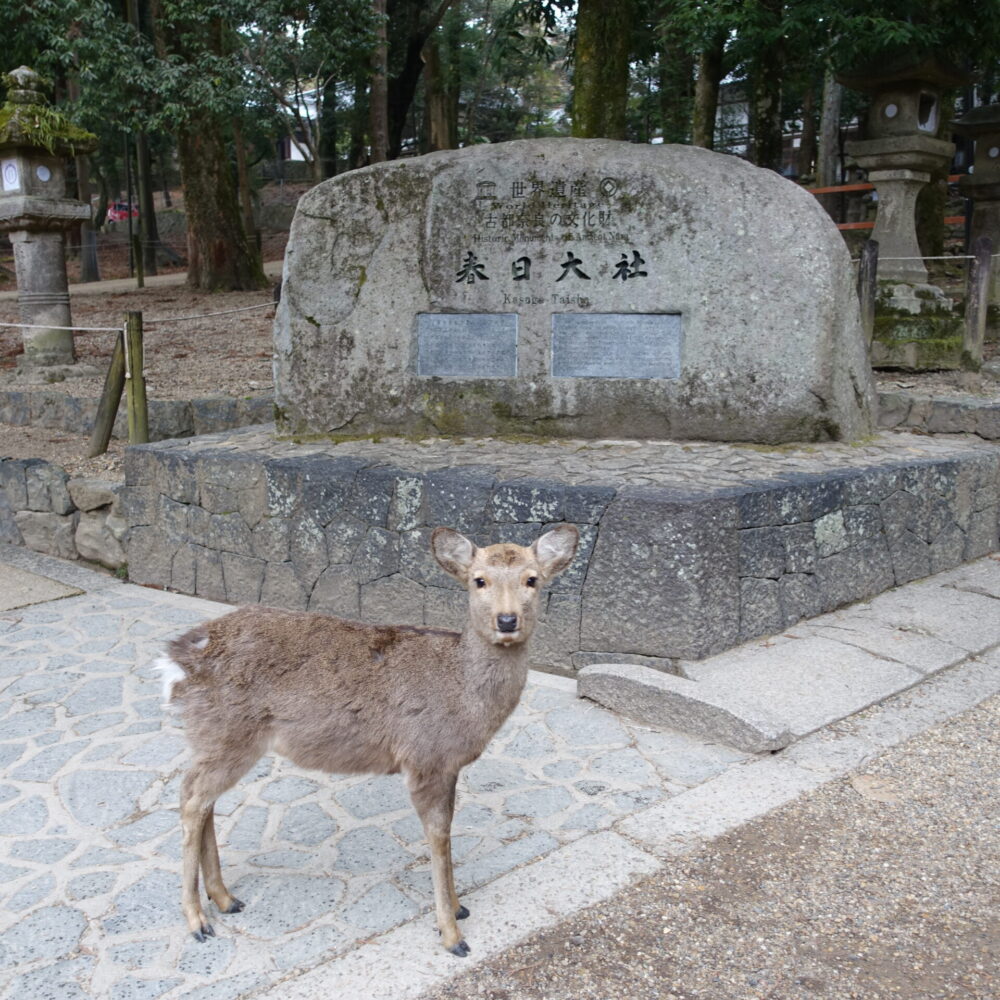
Emperor Shomu founded Todai-ji Temple in the first half of the 8th century. Todai-ji is a World Heritage Site, and the Tengenmon Gate, Hokke-do, and Daibutsu (Great Buddha) are national treasures. The Great Buddha Opening Ceremony was held in 752. The Great Buddha is a 14.7 m high statue of Rushanabutsu and is a National Treasure. The wooden sculptures of the seated Nyoirin Kannon and the seated Kokuzo Bodhisattva flank the Great Buddha on either side, which are national important cultural properties.
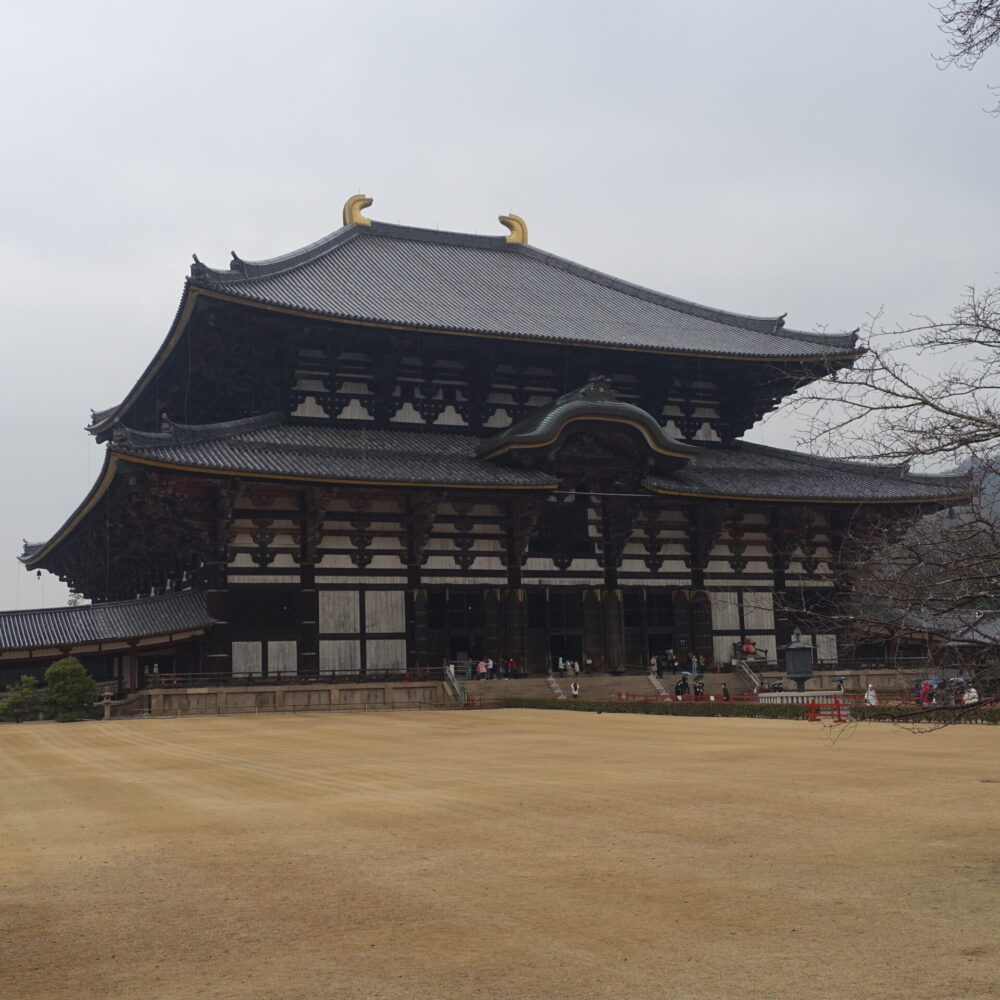
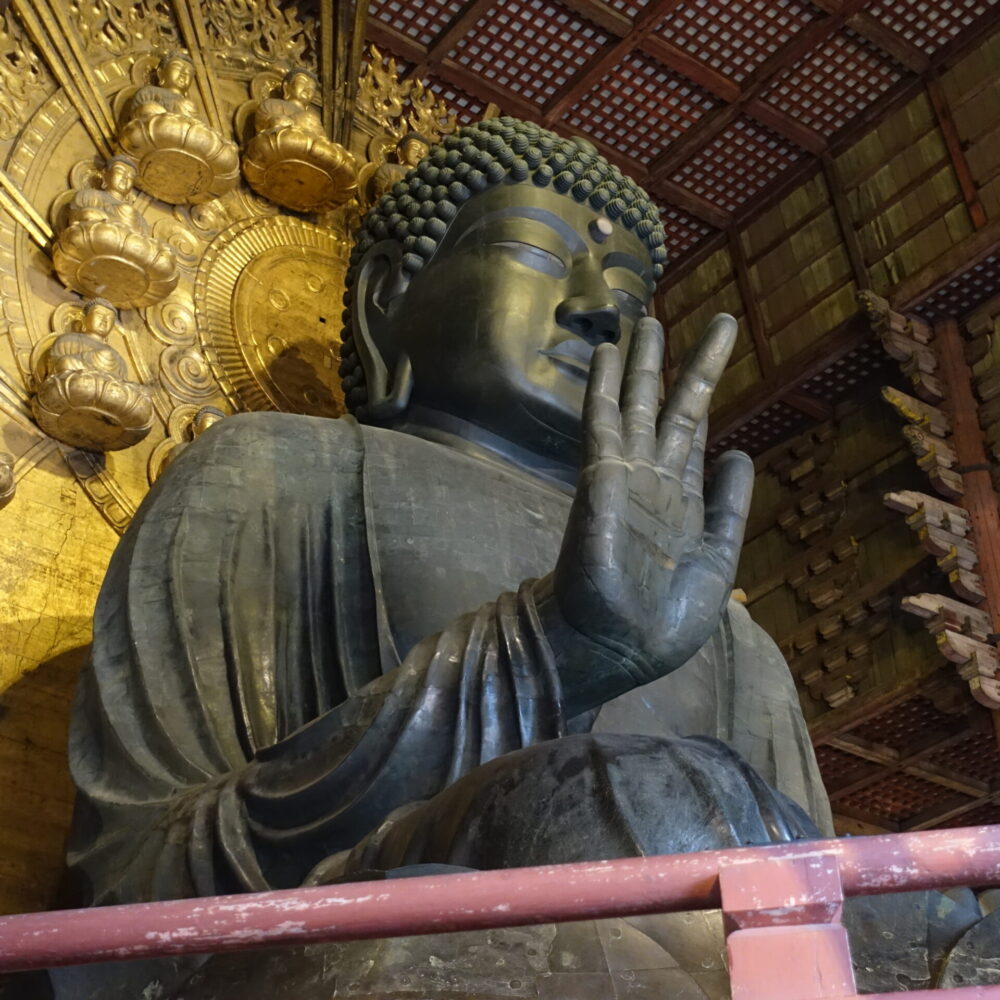
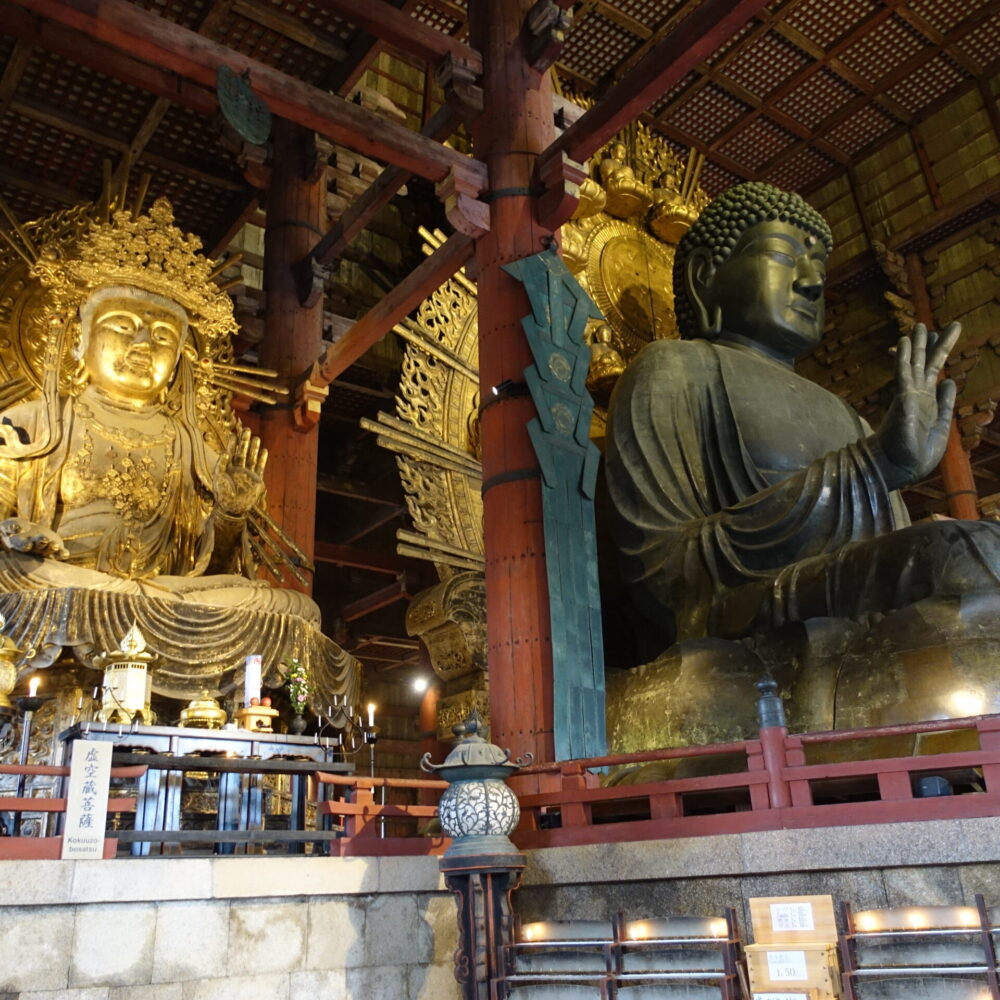
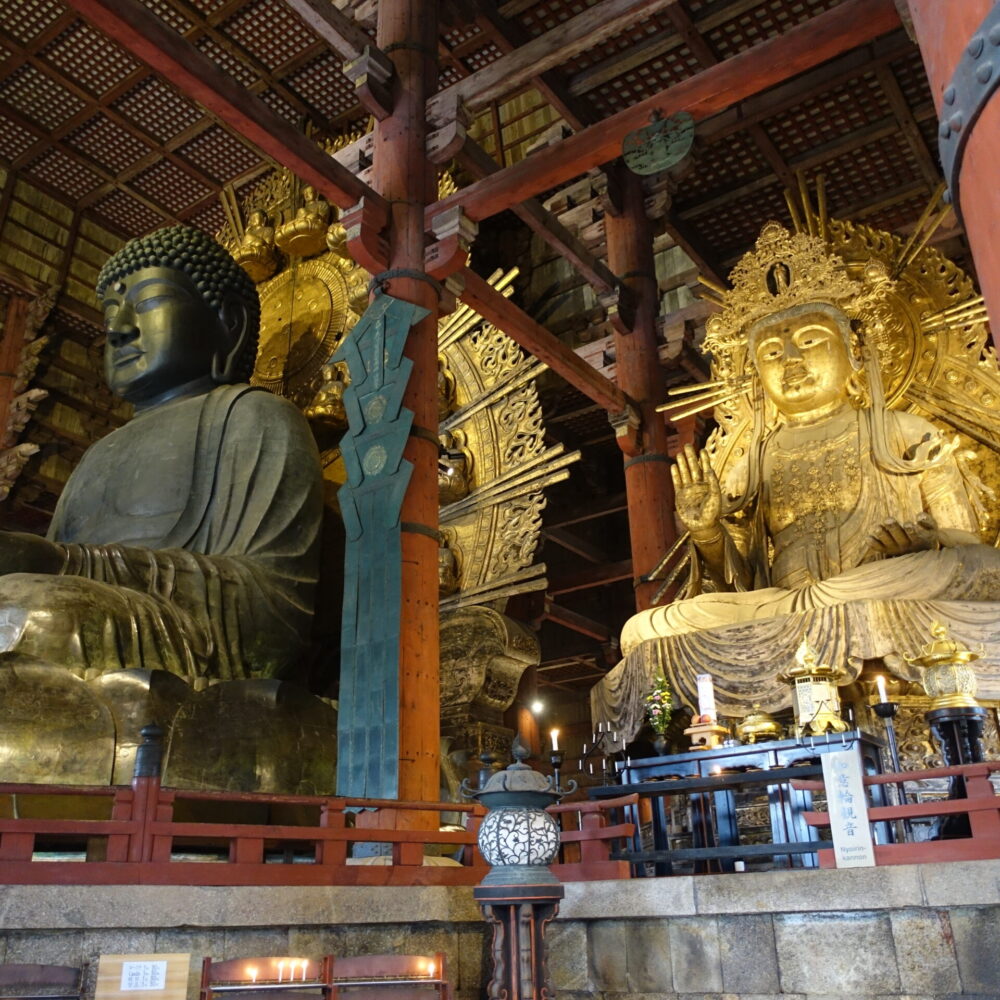
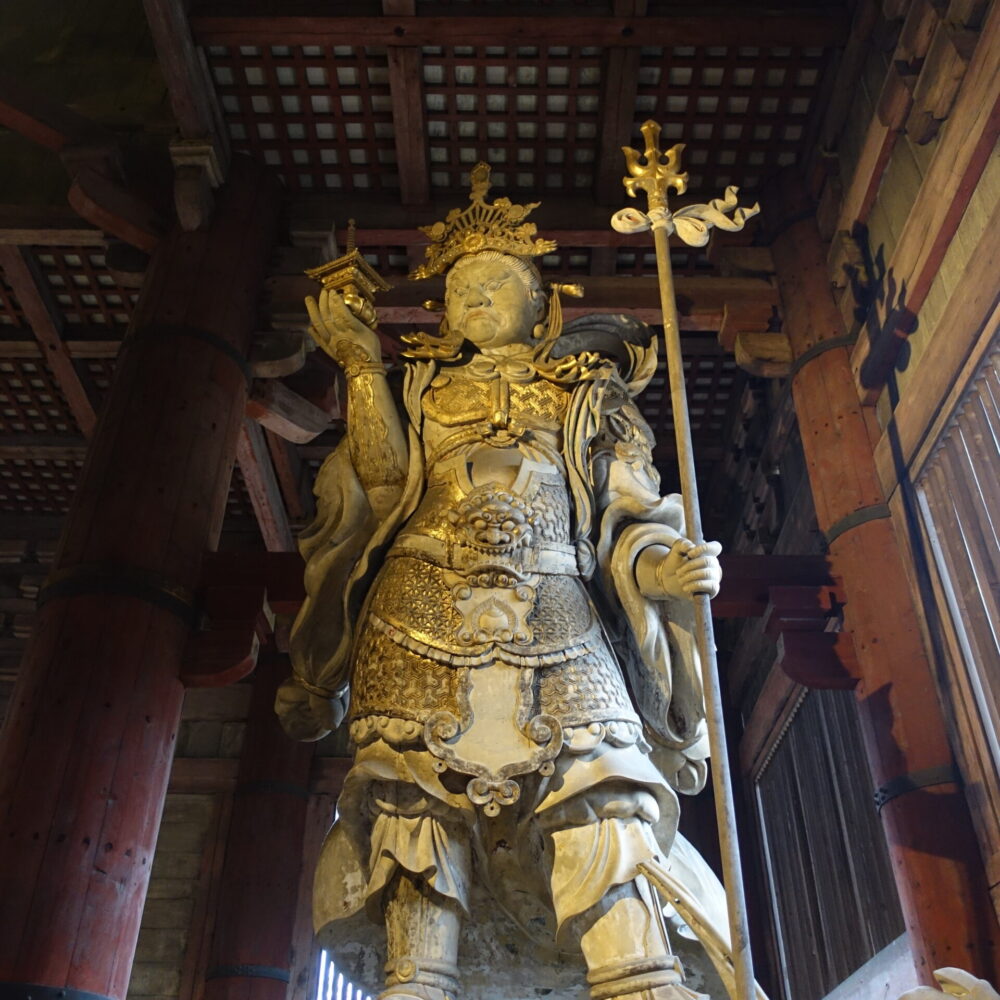
3: Shosoin
Shosoin is five minutes from the Great Buddha Hall of Todaiji Temple. It is now under the jurisdiction of the Imperial Household Agency, but in the past, it was managed by Todaiji. It is also registered as a World Heritage Site.
Shosoin is a colossal structure measuring 33.1 meters across and 9.3 meters deep, with columns under the floor as high as 2.5 meters. I was more surprised by the enormity of Shosoin than by the Great Buddha of Todaiji. Shosoin is a must-see building that shows the reality of the treasure halls of the Nara period, which were said to be the terminus of the Silk Road.
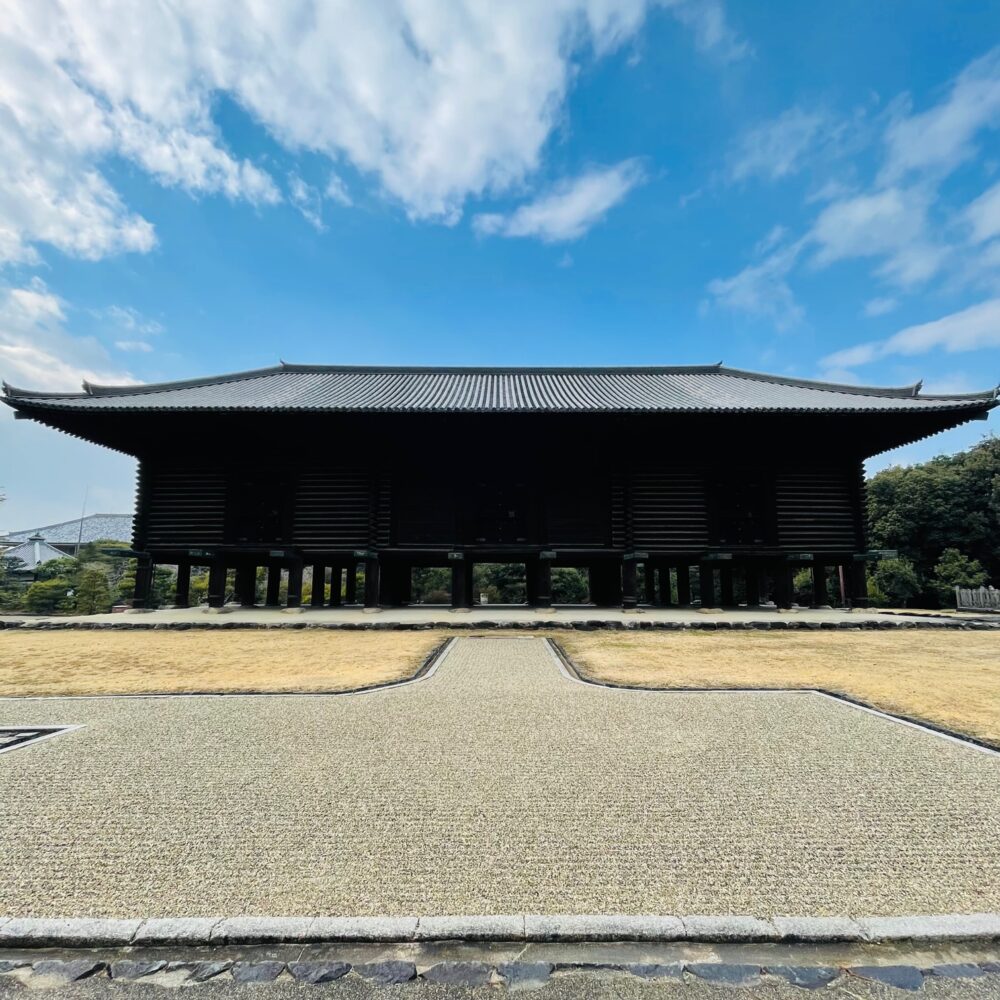
4: Hannya-ji Temple
Hannya-ji Temple is about 25 minutes walk from Todai-ji Daibutsuden. It is on a gentle slope, and I had a lot of difficulties cycling up the hill.
The date of the founding of Hannya-ji Temple has yet to be discovered. Still, it is said that Hannya-ji Temple existed in the Nara period (710-794). The tower gate is a national treasure, and the 13-story stone pagoda and other buildings are important cultural assets. The 13-story stone pagoda, with a total height of 14.2 meters, was built around 1253 and is one of Japan’s most representative stone pagodas.
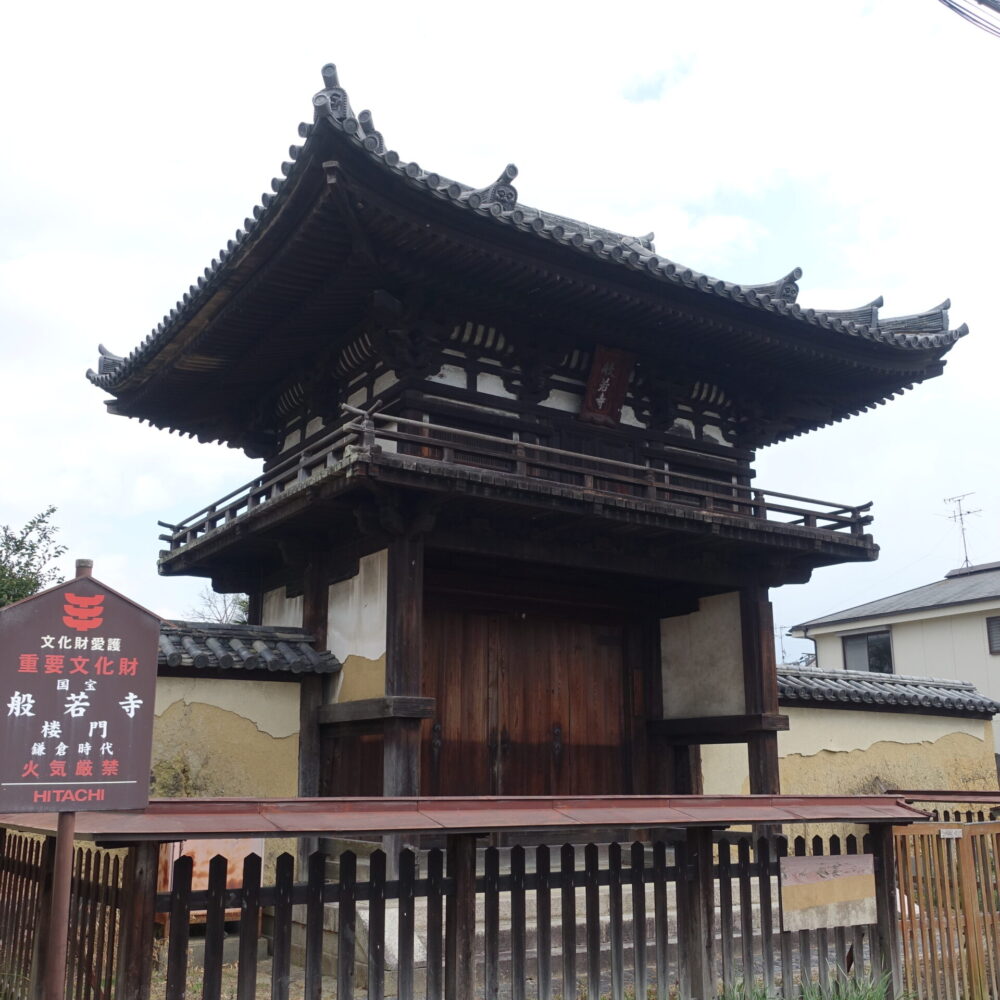

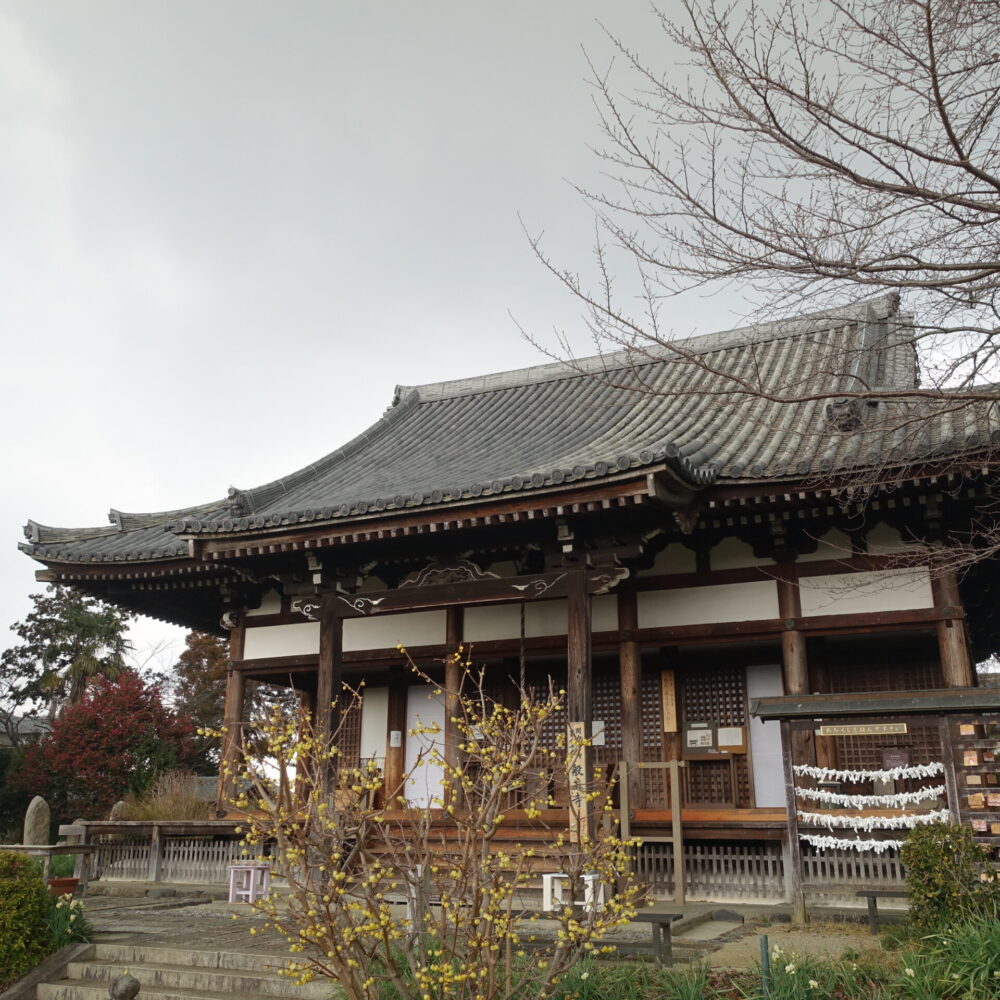

Hannya-ji Temple is known as a ‘temple of flowers,’ At the time of my visit, the narcissus were at their best. The ‘narcissus glasses’ displayed in the temple’s precincts were also beautiful.
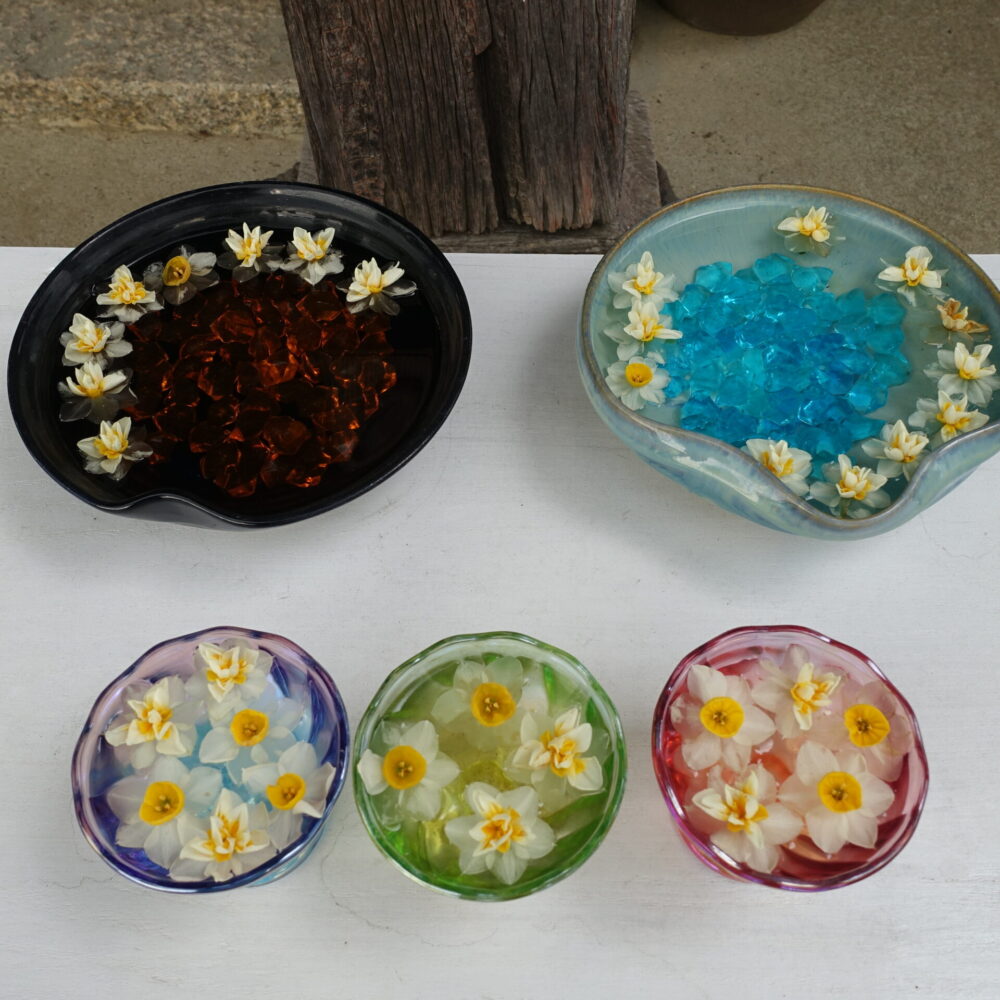
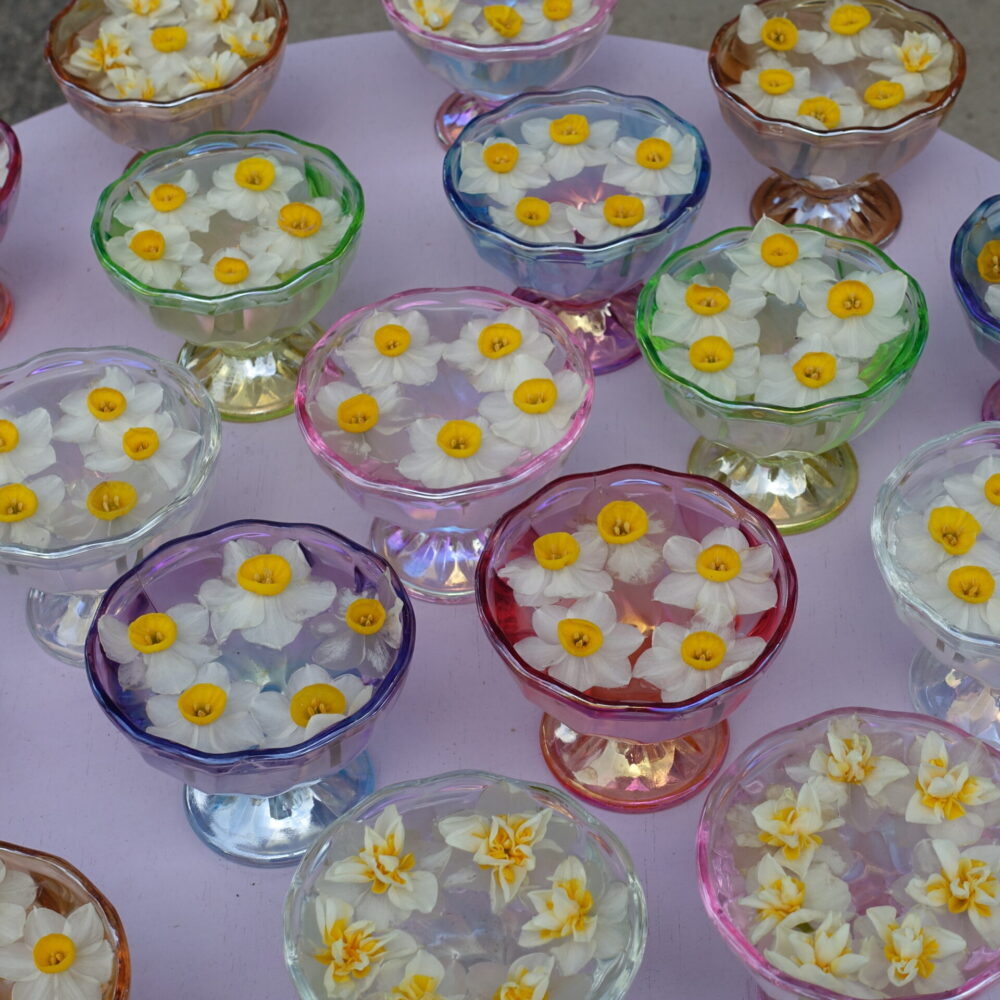
Hannya-ji Temple is a small temple, but there are no tourists. It is a magnificent temple to visit if you want to escape the hustle and bustle of the tourist crowds in Nara.
5: Kofuku-ji Temple
Kofuku-ji Temple is about 30 minutes’ walk from Hannya-ji Temple or 10 minutes by bicycle. It is a 15-minute walk from the Great Buddha Hall of Todaiji Temple, so many tourists walk directly from Todaiji Temple to Kofukuji Temple (of course, the order of visit may be reversed).
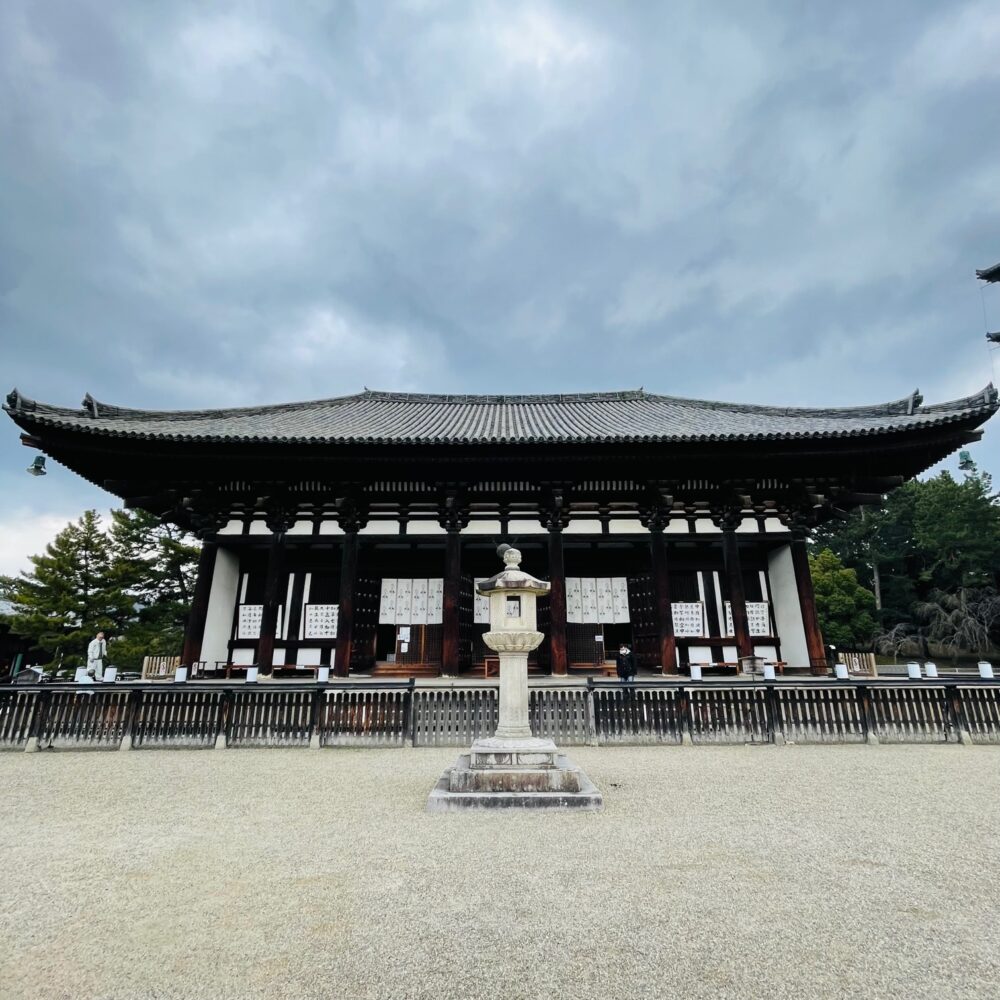
Kofuku-ji Temple was founded in 669 by Princess Kagami, wife of Kamatari Fujiwara, to cure her husband’s illness; when the capital was moved to Heijo-kyo in 710, Kamatari’s son, Fuhito, moved the temple to its present location and named it ‘Kofuku-ji Temple.’ Afterward, it remained a mighty temple of the Fujiwara clan for a long time.
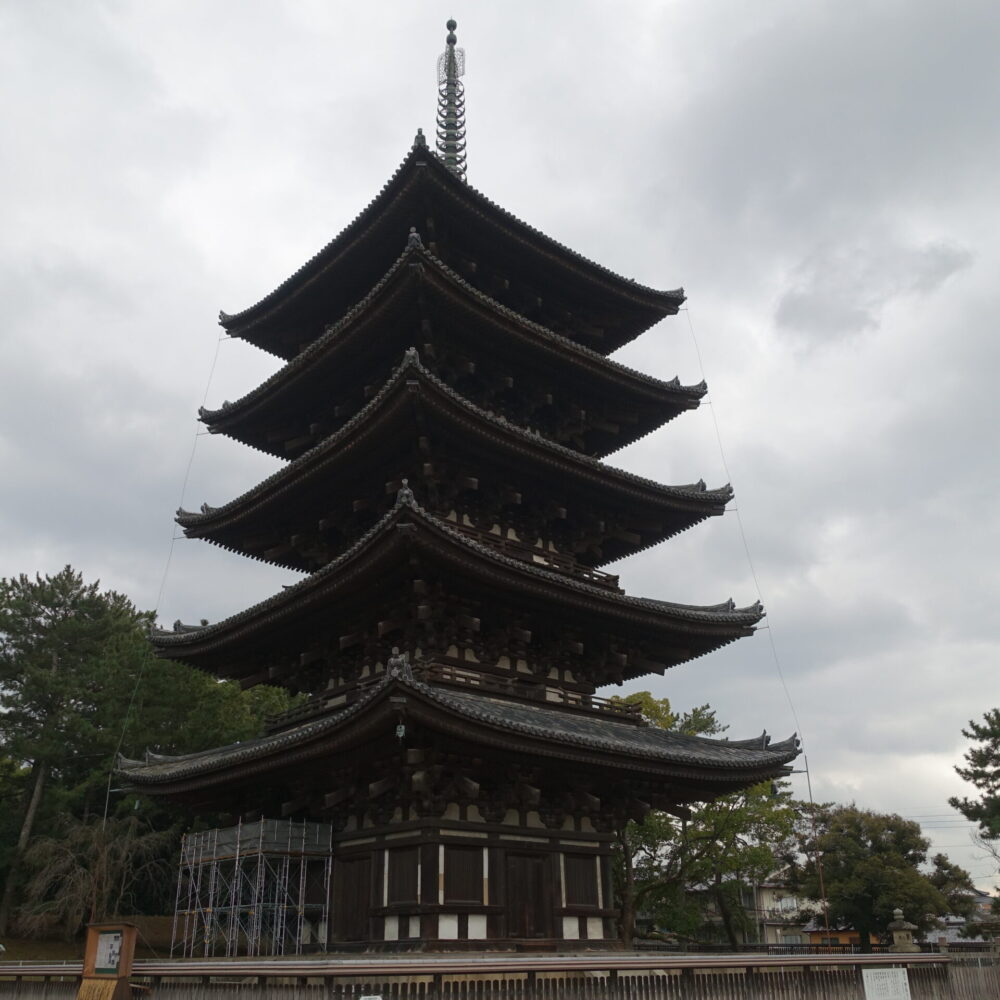
The higashi-kondo, five-story pagoda, three-story pagoda, and Northern Round Hall National Treasure are national treasures. In contrast, the Southern Round Hall is a national important cultural property. Kofuku-ji Temple is also registered as a World Heritage Site in the ‘Cultural Properties of Ancient Nara.’
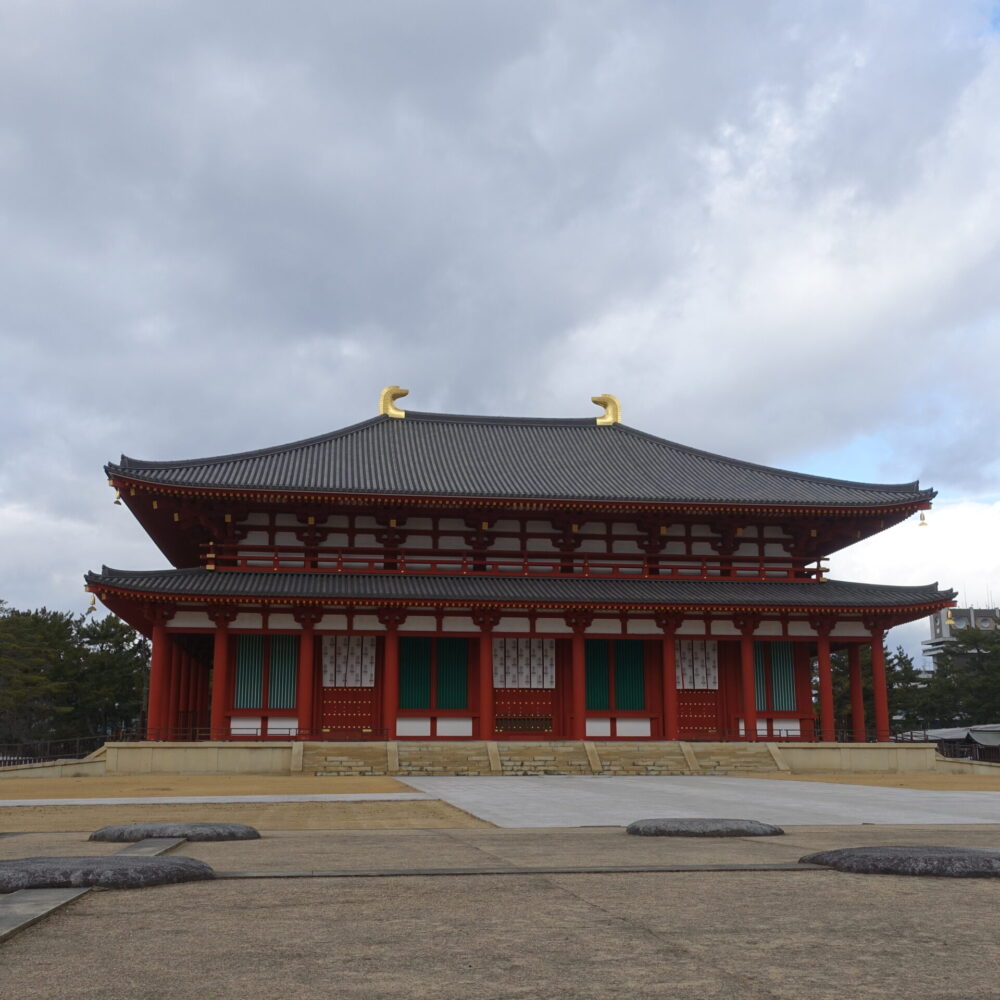

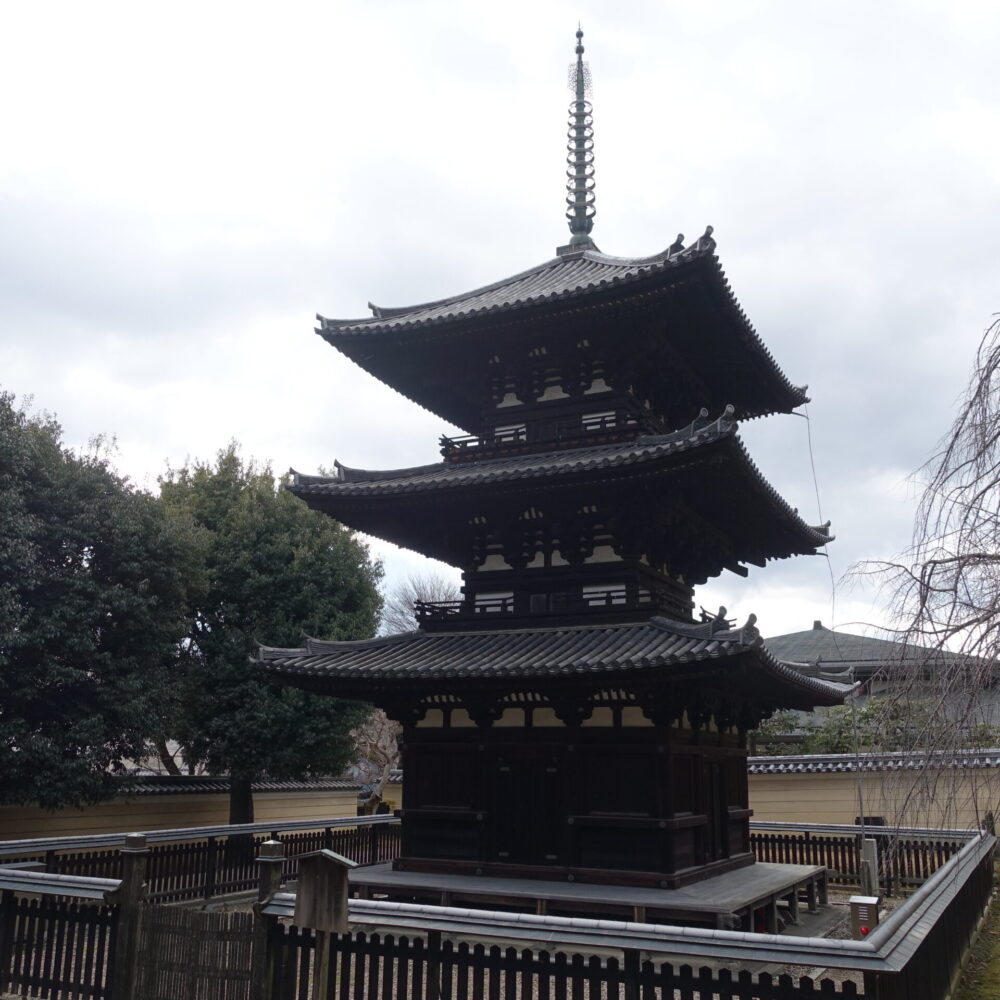
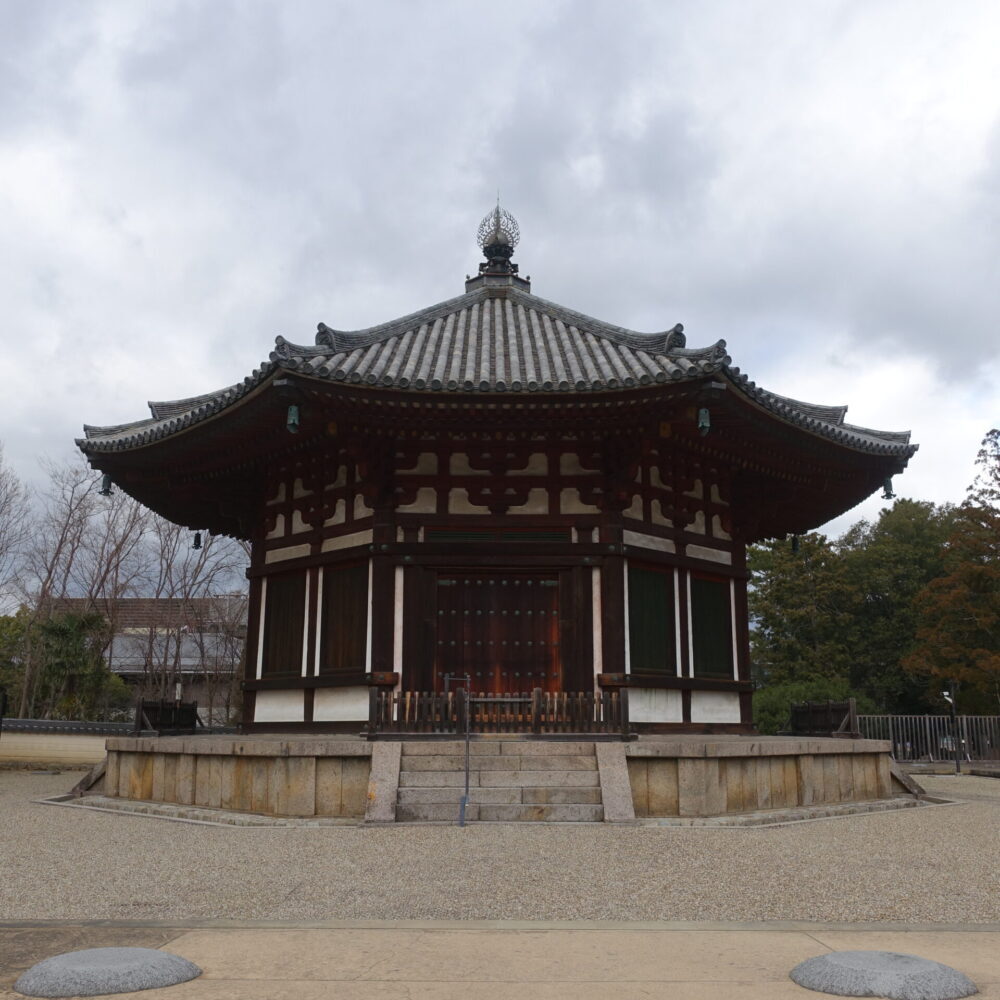
6: Gango-ji Temple
Gangoji Temple is less than 10 minute’s walk from Kofukuji Temple. Gankoji Temple is Japan’s oldest full-fledged Buddhist temple, founded by Soga Umako (Asuka Temple), which was relocated to the Heijo-kyo Capital when the capital was moved to Heijo-kyo. It was a large temple in the Nara period (710-794) but gradually declined after the Middle Ages.
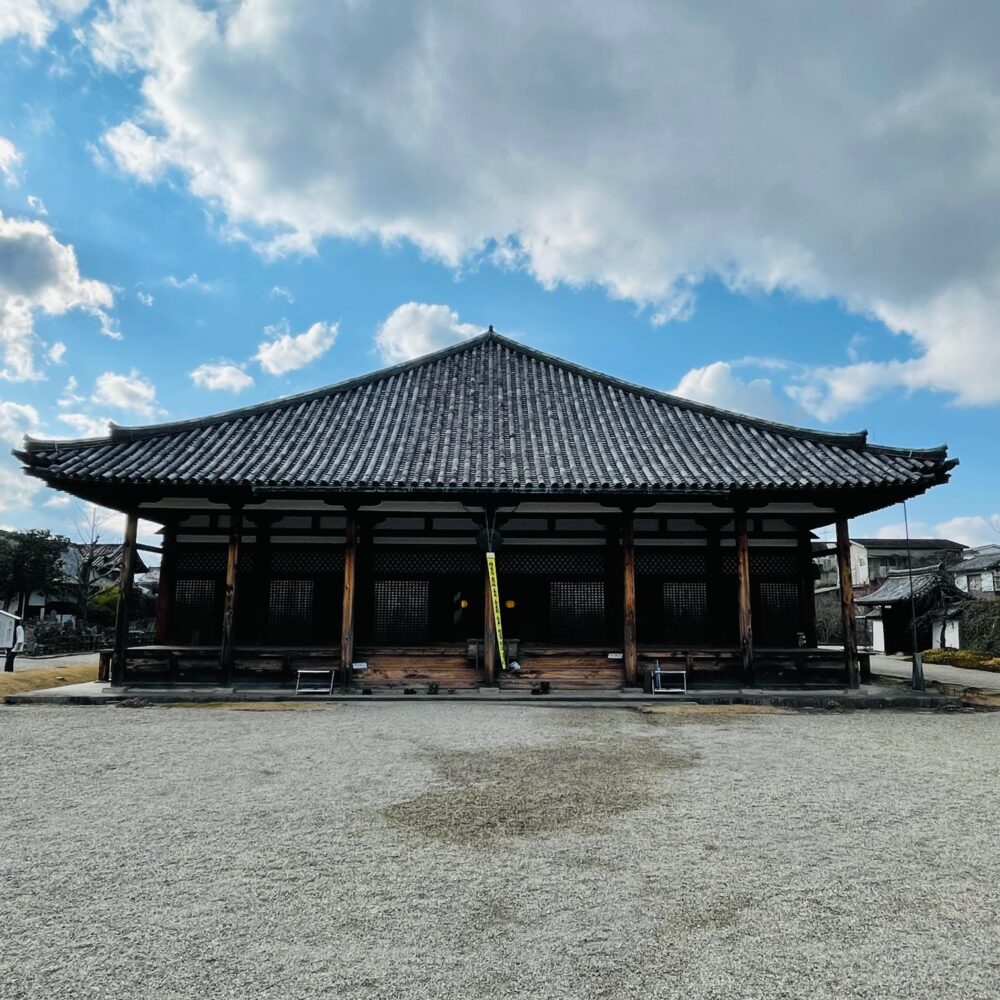
Like Hokiji Temple, which I visited on Day 1, Ganko-ji is a fairly small temple for a World Heritage Site. This temple is a quieter and more peaceful place to stay.

Some of the main hall’s roof tiles, a national treasure, are also made from ancient tiles from the Asuka to Nara periods. These outdated tiles are thatched with gyoki-buki, the oldest roof tiles in Japan.
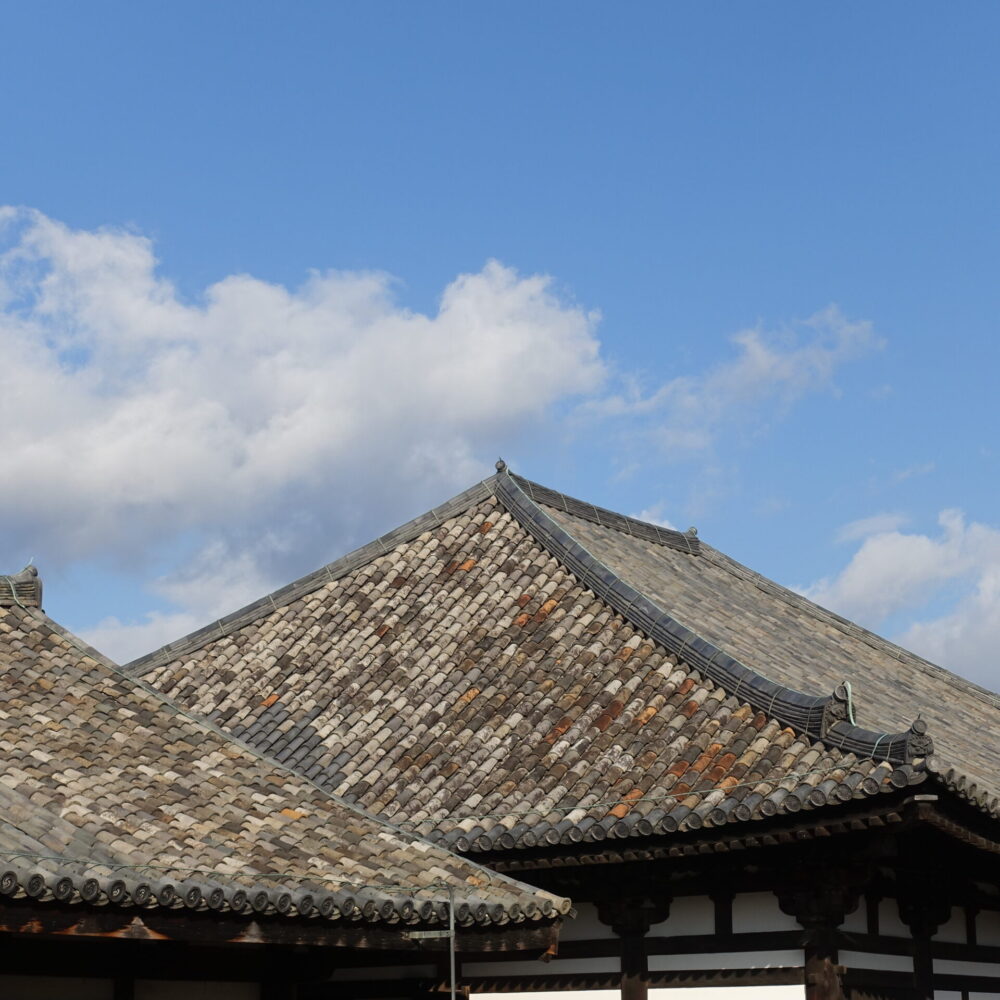
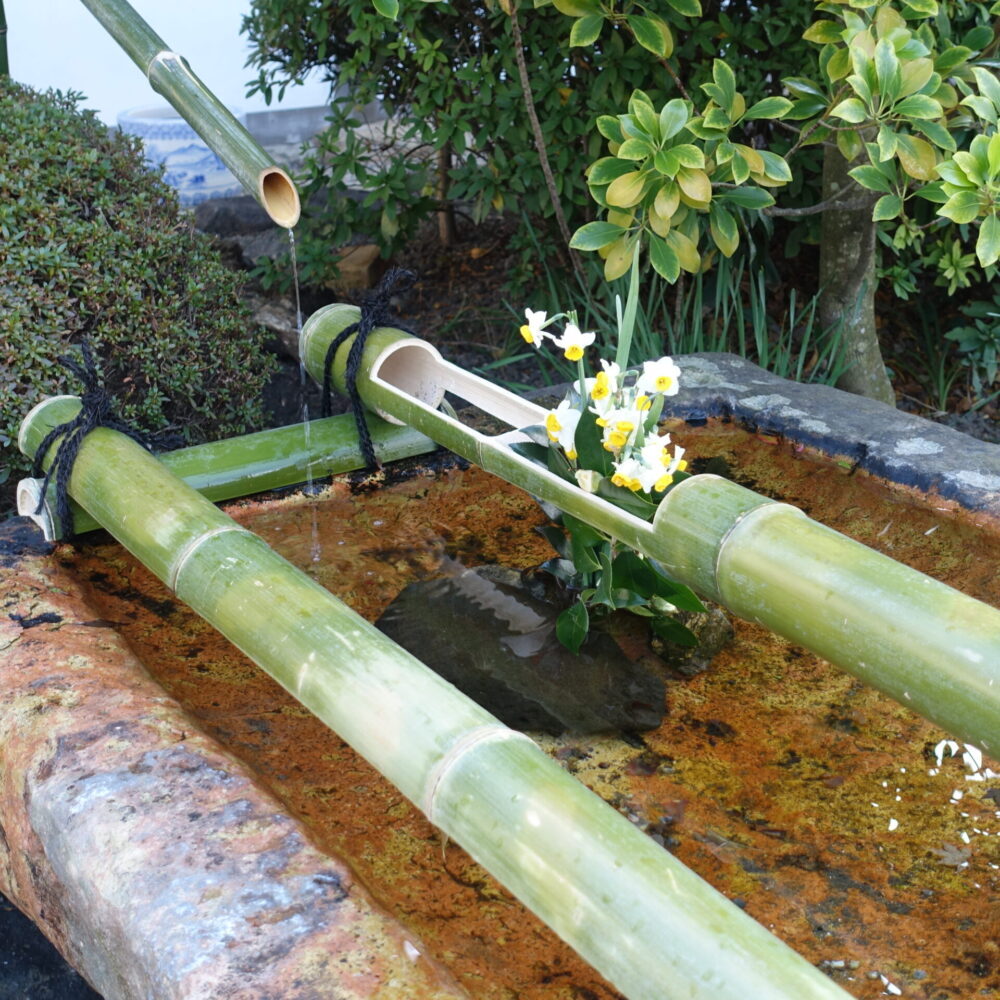
7: Jurin-in Temple
Jurin-in Temple is a 5-minute walk from Ganko-ji Temple. It flourished as a temple of the people’s Jizo beliefs, and the main hall is designated as a national treasure. Jurin-in is a smaller temple than Hannya-ji and Genko-ji and was not visited by tourists.
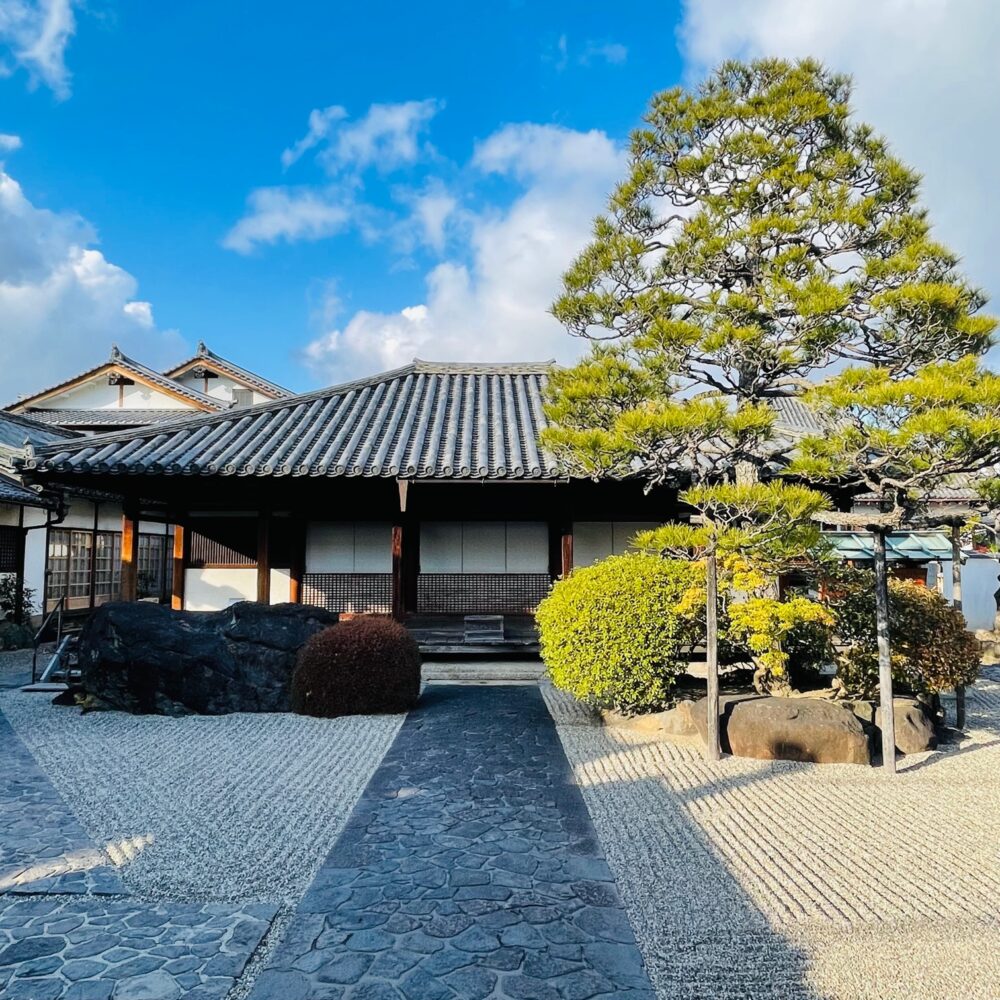
8: Nara Station (2nd generation station building)
The second station building of Nara Station, completed in 1934, is a magnificent stone building that is a Heritage of Industrial Modernisation. It was moved about 30 meters to the north by a towing method to construct an elevated railway line. Since 2009, the second station building has been used as the Nara City General Tourist Information Centre.
